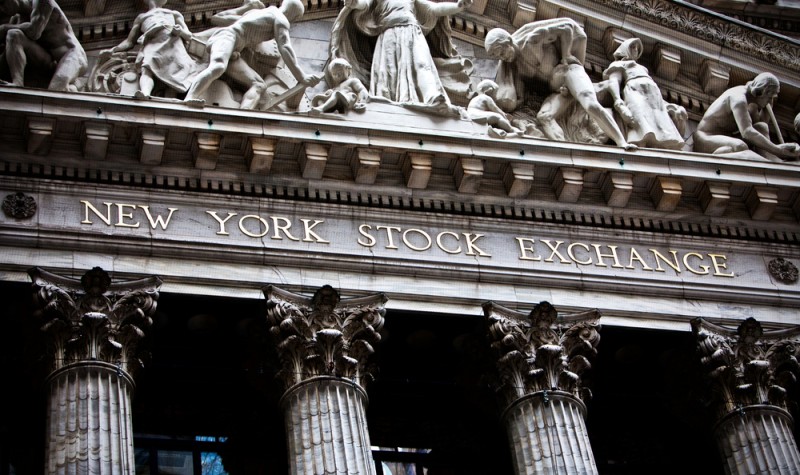Hysteria on Wall Street: US third quarter GDP results

It is bad news! The worst! Highly strung, highly paid investment banking economists are to be seen standing on the ledges of the top floors of investment banking skyscrapers, ready to hurl themselves off. Market and strategic analysts are reporting to suburban psychiatrists to get their neurosis levels topped up before committing frantic prose to the screen of a personal computer near you, with references to Armageddon, the destruction of the dinosaurs, the fall of Constantinople and the sinking of the Titanic as the band plays ‘Abide with me’! The end of civilization as we know it!
Yes, I am referring to the reported figure of US GDP growth for Q3. It shows that in the three months to end September the US economy grew by only 1.5%. It is particularly bad news for yours truly, because I am currently in a more bullish than bearish frame of mind about markets.
Subjecting myself to analysis – economic not psychiatric – I am relieved to conclude that things may not be as bad as they are painted. First, the market itself was only looking for a 1.6% increase in US GDP in Q3. That has been enough of a difference in the past to turn deal hungry investment bankers into demented and fearful doubters. In real terms however it is no significant difference; indeed something that is usually called as falling within normal forecasting error.
Furthermore, recall that in the preceding Q2 US GDP actually grew at 3.9%, so any damage to those longer term forecasts of 3% GDP growth for 2015 still seems highly improbable.
So what happened to cause third quarter US GDP to slip so dramatically? It would seem it is down to US manufacturers allowing inventories to reduce without replacing them with new inventory. Does that imply something worrying about consumer and other demand in America? Almost certainly not; at least not on the basis of other economic statistics! Inflation is low and that, all other things being equal, tends to take the urgency out of the stocking of economic items. That is at the centre of the Federal Reserve’s worries about too little inflation. If you know the price of something is likely to soon go up significantly, you buy and stock it without delay.
Turning to those other statistics for comfort, they seem to show that consumer spending is trending up in the US at over 3.2% annually in the third quarter and 3.6% in the previous quarter. Americans are consuming in the world’s biggest consumer economy. Employment is also reported to be trending up.
If it is true that US interest rates must rise soon to re-create the normality of yesteryear and enable the US Federal Reserve to deal with any future economic downtrend, they are unlikely to see a sharp and significant rise, given the currently subdued inflation rates. Indeed, a rise would, in my opinion, be greeted bullishly after an inevitable bout of small profit-taking by traders for accounting reasons.
Comments (0)